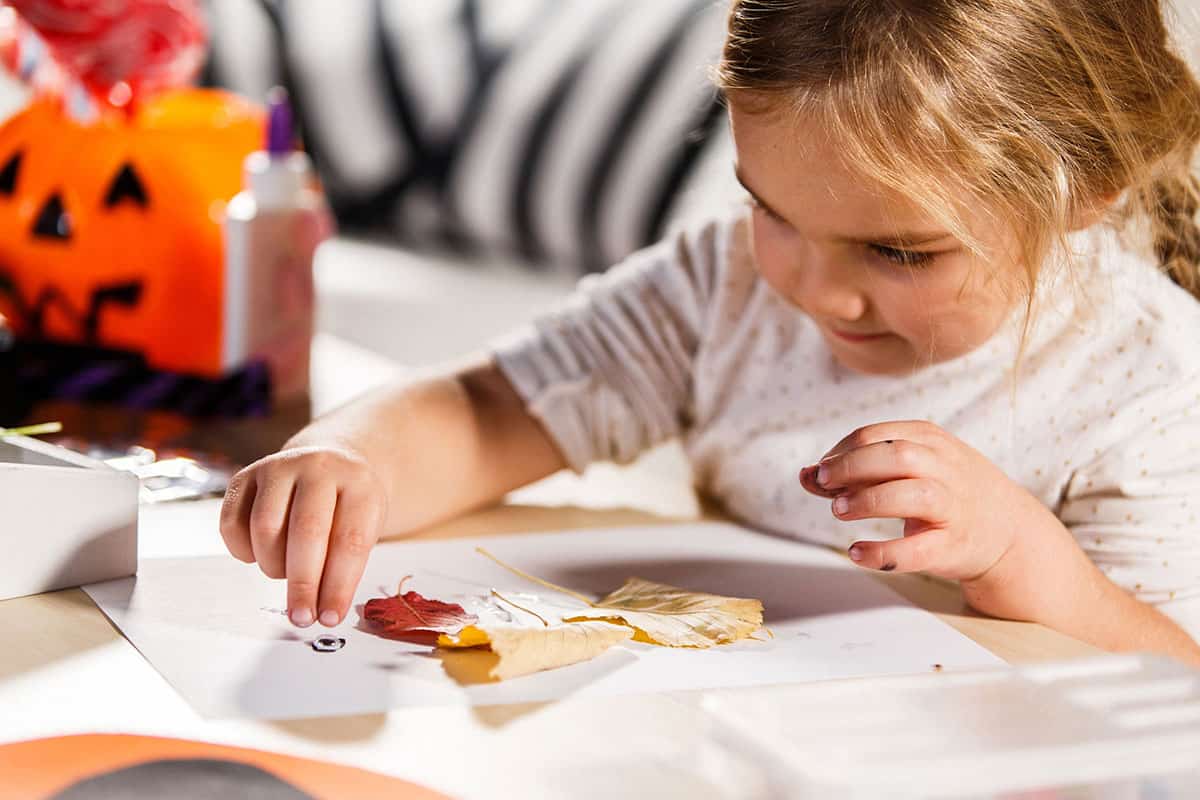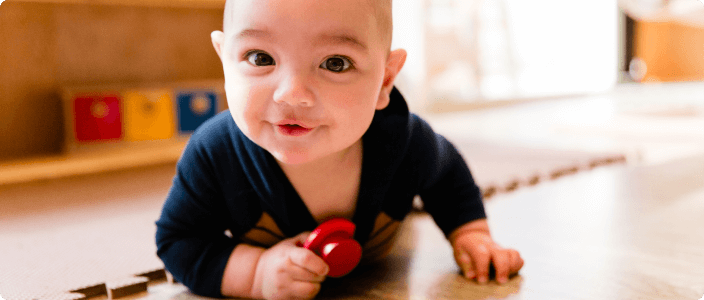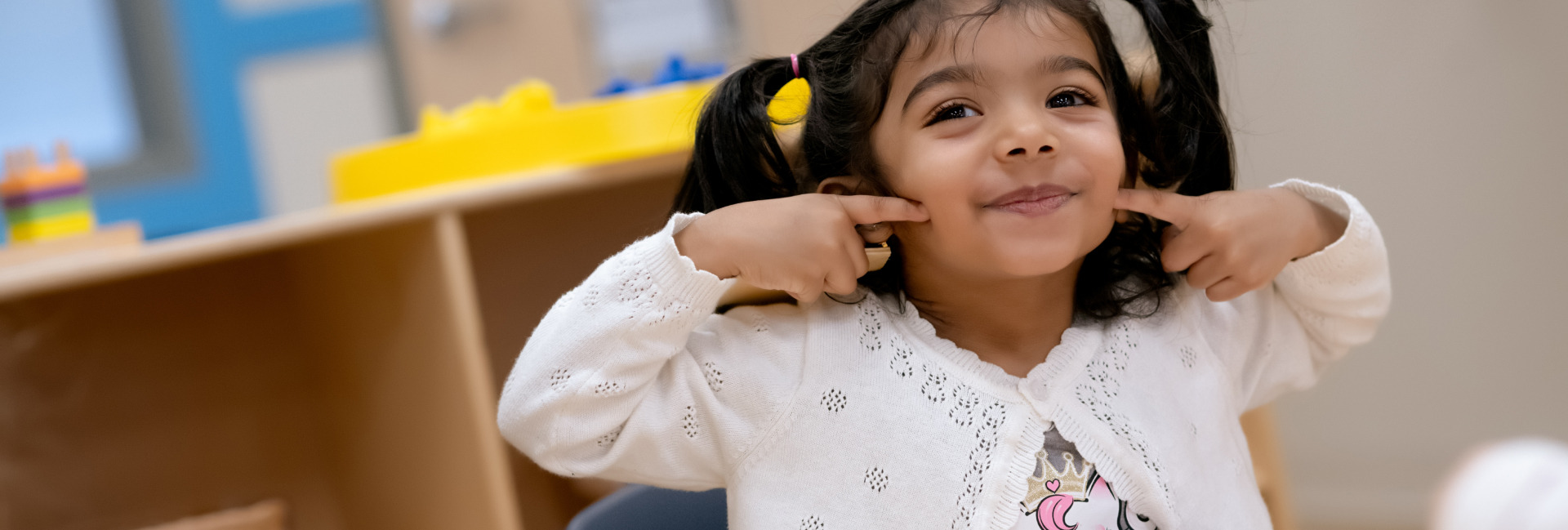
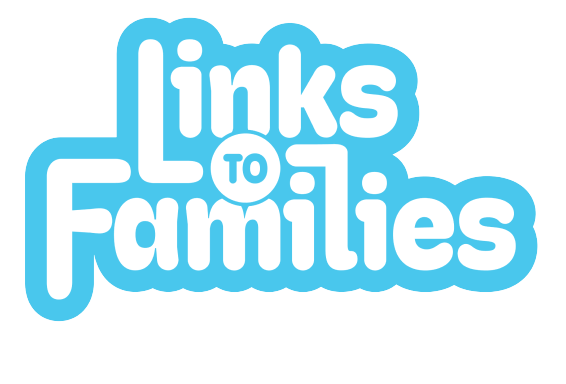
Musical Milestones for Infants, Toddlers, and Preschoolers
Music is one of the very first ways children connect with the world around them. From soft lullabies to lively dance songs, every beat, clap, and melody helps them explore sound, rhythm, and emotion. At our school, music is woven into our Links to Learning curriculum. Here, music is played to spark curiosity, engage the senses, explore emotion, and celebrate creativity. Let’s explore how musical milestones unfold from infancy through preschool, and how to nurture them each step of the way.
Infants (0–12 months): The First Notes
Babies are natural music lovers! Between 0–6 months, you’ll see them react with wide eyes, smiles, or little kicks when they hear music. By 6–12 months, they start clapping, bouncing, or even shaking tiny instruments as they begin to explore sounds.
In our infant classrooms, music is used with intention. We play songs with different tempos and encourage babies to move fast or slow to the beat. You might see a teacher gently swaying with an infant during a slow song or tapping a tambourine as babies wiggle and reach toward the sound. We play culturally diverse music from around the world, and offer safe instruments like shakers for sound exploration. Teachers often sing personalized songs like “Twinkle, Twinkle, Little Emma,” because hearing their name in song helps infants feel known and connected.
At home: Sing simple songs or lullabies to your baby while making eye contact. Gently clap or tap along to the rhythm and encourage your baby to move along with you. Provide your child with safe, simple toys that make sounds when moved, such as rattles and soft shaker bottles.
Toddlers and Beginners (1–2 years): Finding the Beat
Toddlers love to move, bang, shake, and dance! Between 12 and 24 months, they begin to clap in rhythm, sing snippets of favorite songs, and show clear song preferences.
In our toddler classrooms, you’ll often hear children exploring simple instruments. Teachers name each instrument and describe what they hear: “That drum sounds loud and deep,” or “You’re shaking that so fast! Now, can you shake it slowly?” This not only supports language development but also helps toddlers understand musical concepts like volume and tempo.
Movement is a natural part of music. Children might dance with scarves, march to a beat, or pretend to fly like butterflies. Teachers join in, showing new ways to move and inspiring imagination through music. We also connect music to stories, such as reading One Love by Cedella Marley while listening to reggae rhythms. Classic clapping games like Pat-a-Cake help build coordination and teach children to follow a steady rhythm.
At home: Give your toddler simple instruments like tambourines, shakers, or small drums and let them explore freely. Play a variety of music genres and invite them to march, sway, or bounce to the beat. Try call-and-response games by singing a short phrase and encouraging your toddler to “sing it back” or copy your claps. “If You’re Happy and You Know It” is a great example—your toddler listens, responds, and moves to your cue. For a fun twist, replace the action words with different movements or emotions to help your child connect music with feelings and self-expression.
Preschoolers (3–5 years): Making Music Their Own
For preschoolers, music becomes a tool for self-expression. Three-year-olds begin to sing along more accurately, experiment with rhythm, and dance with purpose. By age 4 or 5, they can recognize patterns in music and describe how songs make them feel.
In our Intermediates and Pre-K classrooms, we might explore the steady rhythm of The Ants Go Marching while counting, move like elephants or swirling snowflakes to classical music, or discuss how fast versus slow songs make us feel. Teachers introduce vocabulary like tempo, rhythm, and pattern as children explore music and movement, helping them describe what they hear and experience. To deepen cultural awareness, we listen to songs from around the world and invite families to share music that’s meaningful to them. Music becomes a bridge for empathy, understanding, and expression.
At home: Encourage your child to create their own music using household objects like pots, wooden spoons, or empty containers. Play music from different cultures and discuss how each one makes them feel. Try movement games like “dance like an animal” or “move fast/slow to the music” to reinforce rhythm, tempo, pattern, and body awareness. You can also sing familiar songs together and add simple hand motions or choreography to strengthen coordination and memory.
Music nurtures cognitive growth. It develops thinking, language, and motor skills while also supporting their emotions and social connections. Listening to songs, singing along, and moving to the beat helps young children notice patterns and rhythms, improve memory, coordinate their bodies, and express feelings. Through our Links to Learning curriculum, every child experiences the joy and benefits of music.
Learn more about how we help students develop musical milestones in fun, meaningful ways. Find a school today!


